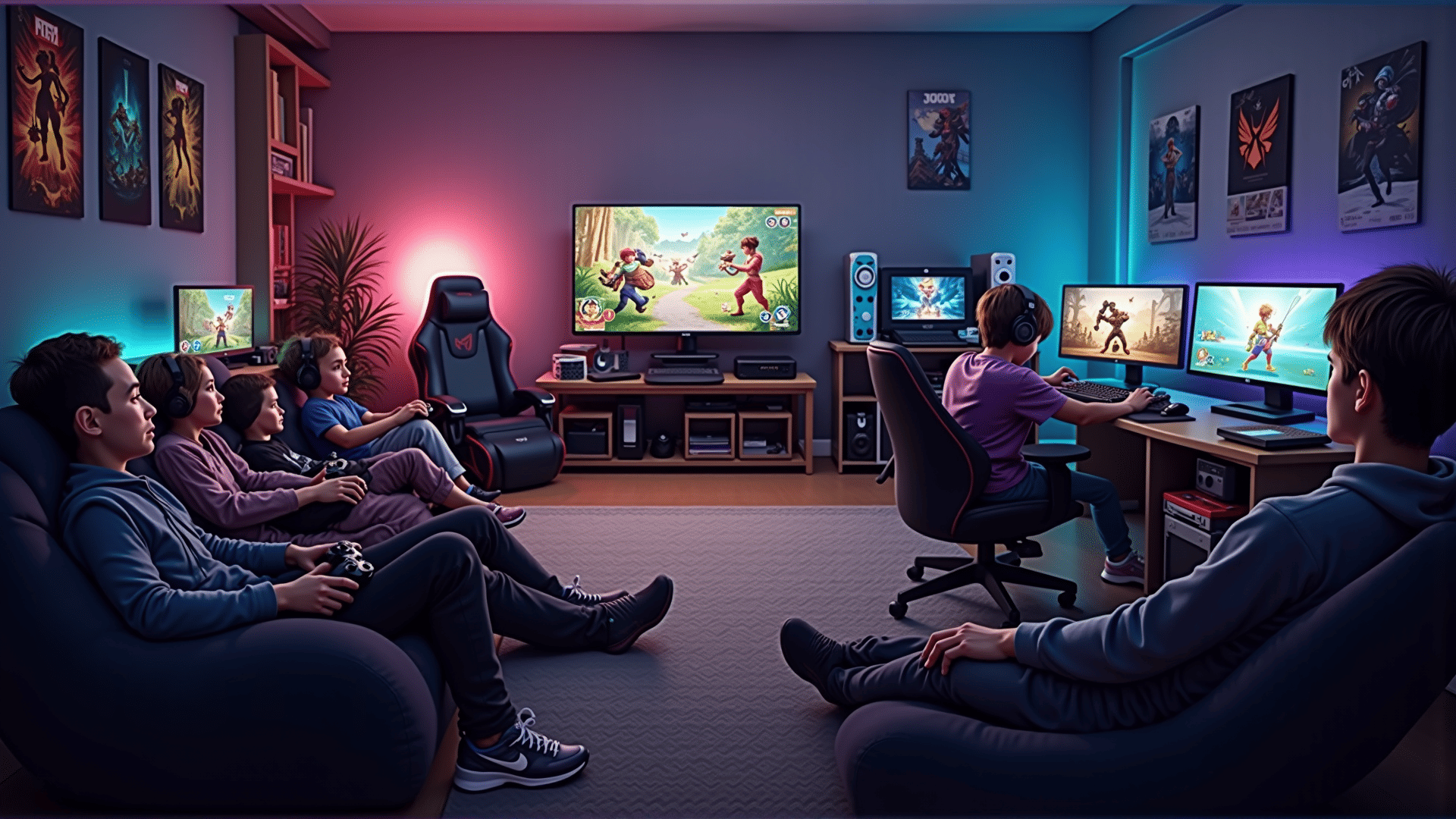In the ever-evolving landscape of video gaming, one of the most transformative developments in recent years has been the rise of cross-platform play. This feature, once a mere fantasy for gamers restricted to specific consoles or gaming platforms, has now become a beloved reality. Cross-platform play allows gamers across different devices—whether it's a console, PC, or even a mobile device—to compete against each other seamlessly. This innovation has fundamentally changed the gaming experience, offering numerous benefits to both players and developers.
At its core, cross-platform play is about breaking down barriers. Previously, gamers were limited by the hardware they chose or could afford, often segregating player bases based on whether they owned a PlayStation, Xbox, or gaming PC. With the advent of cross-platform play, those artificial boundaries have been dissolved, uniting players into larger, more vibrant communities. This has led to a more inclusive and expansive gaming environment where friendships and rivalries thrive beyond the confines of hardware limitations.
One of the most significant advantages of cross-platform play is the expansion of multiplayer communities. Larger player pools mean quicker matchmaking times and more diversified competition. Gamers can enjoy playing with friends who own different systems, enriching the social aspects of gaming. The variety of playstyles and strategies brought together from different platforms often enhances the competitive nature of games, pushing players to improve their skills and adaptability.
For developers, cross-platform play offers a range of benefits that extend beyond simply making players happy. By enabling this feature, game developers can maintain a single, unified player base across platforms, simplifying updates and reducing the need for platform-specific content or troubleshooting. This unified approach allows developers to allocate resources more efficiently, focusing on enhancing game quality and innovation rather than managing disparate versions of a game.
From a commercial standpoint, cross-platform play can boost a game's longevity and profitability. Games that incorporate cross-platform functionality tend to experience higher player retention, as users are less likely to abandon a game when friends on other systems are also playing. This sustained interest often translates into higher sales of downloadable content, in-game purchases, and expansions, creating a thriving ecosystem for the game long after its initial release.
However, implementing cross-platform play is not without its challenges. Technical hurdles, like ensuring fair matchmaking and combatting cheating across different systems, must be addressed to maintain a balanced playing field. The complexity of different input methods—such as controllers versus mouse and keyboard—requires careful consideration to avoid giving unfair advantages to players on certain platforms. Additionally, platform holders must negotiate and collaborate, sometimes competitively, to establish cross-play arrangements that benefit all parties involved.
Despite these challenges, the rise of cross-platform play signifies a shift towards a more united gaming community. As technology continues to advance, we can expect even more seamless and sophisticated ways for players to connect, transcending hardware distinctions. Ultimately, cross-platform play embodies the spirit of inclusivity and shared experiences, reaffirming the belief that gaming should be a bridge that connects people, not a wall that divides them.
